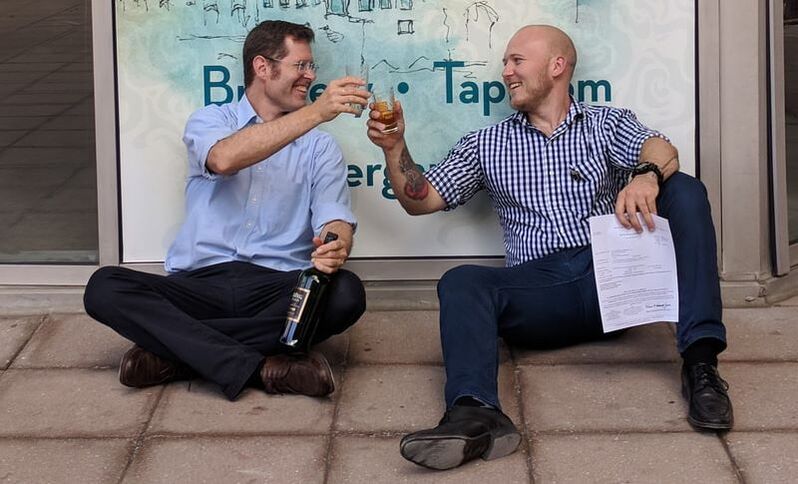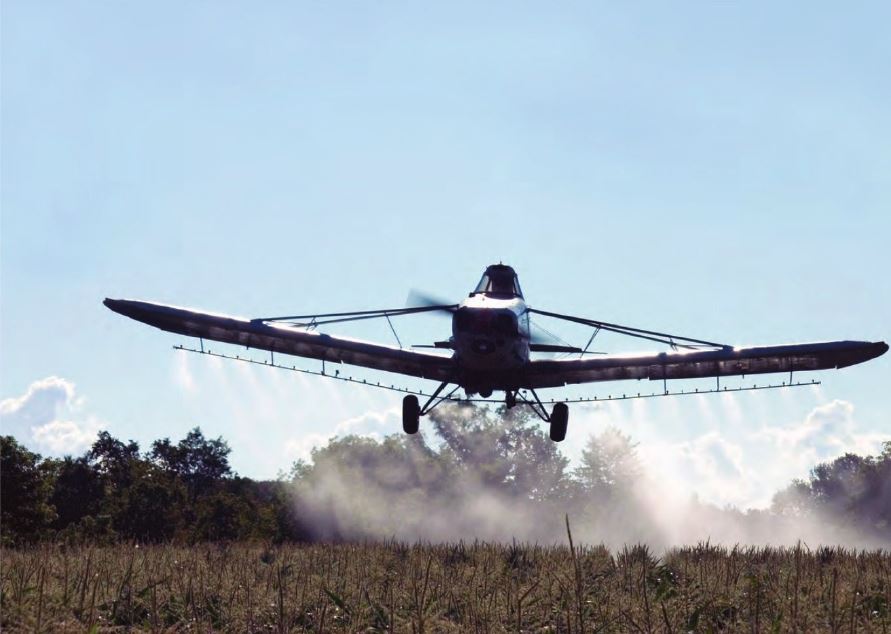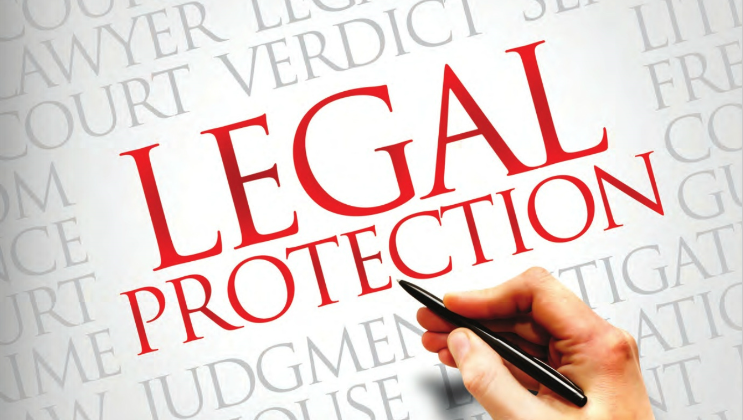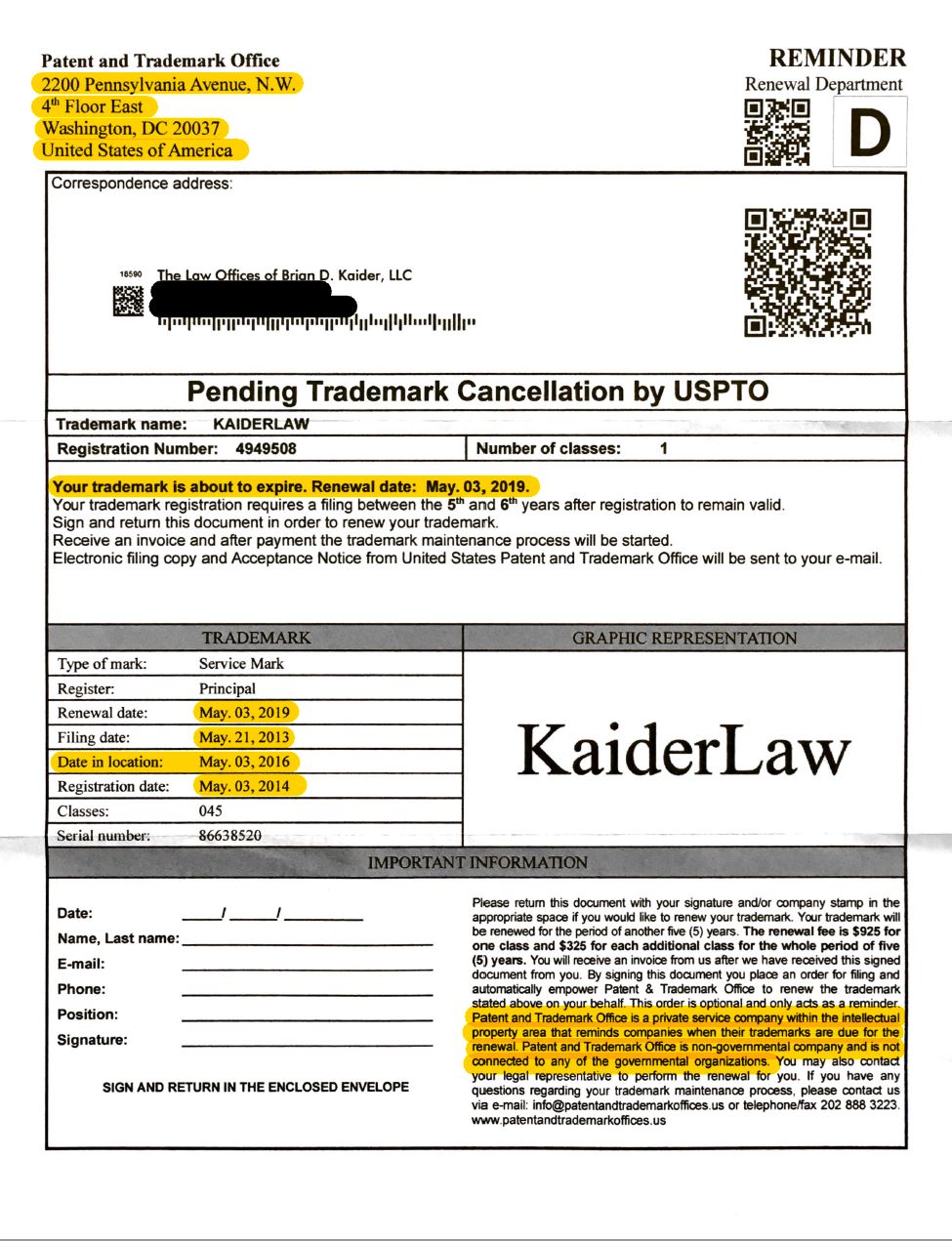In most cases, a limited liability company (LLC) is the best structure for a startup brewery, though it is wise to first consult a CPA or tax professional familiar with breweries. Secretary of State offices often have simple online forms for the Articles of Organization of an LLC that do not require the services of an attorney. However, some States, such as California, New York, and Delaware, require an LLC to have a signed operating agreement. As explained below, the operating agreement should be drafted by an attorney and in some cases the attorney may offer a package that includes creation of the operating agreement along with creating and filing the articles of organization. Though it varies state-to-state, the filing fees for Articles of Organization are typically $100-200 and it generally takes 2-3 weeks for the application to be accepted by the state, though it can sometimes be expedited for an additional fee.
| a_legal_checklist_for_the_startup_brewery.pdf |










 RSS Feed
RSS Feed
